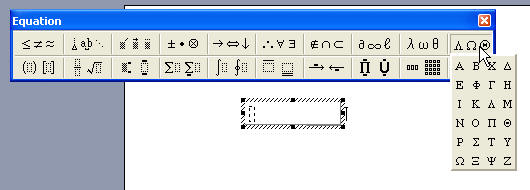

It has three groups: Tools,Symbols, and Structures. The Design command tab is a source of additional options for the Equation Editor. When you access the Equation Editor, the Design command tab automatically appears on the ribbon. For more information, refer to Formatting Equations. For more information, refer to Creating Custom Mathematical Expressions or Inserting Built-in Equations and Structures.Īllows you to format your mathematical expression. When clicked and dragged, equations in the Equation Editor can be moved between the characters of a document.Īllows you to insert Word's built-in equations or structures, or your own custom equation. The Equation Editor has three main parts, shown and described below: The Equation Editor appears in your document. įrom the Insert tab, in the Symbols group, click EQUATION NOTE: To customize how you want the equation to appear on the page, refer to Equation Editor Options. Place the insertion point where the Equation Editor should appear The Equation Editor is never more than a few clicks away. For more information, refer to Creating Custom Mathematical Expressions.


This document explains the Equation Editor environment and how it can be used to create mathematical expressions. With a proper understanding of the Equation Editor and the Design command tab, you will be better equipped to create such expressions. While creating your Word document, you may need to use mathematical expressions such as equations, formulas, summations, complex fractions, or nonstandard symbols. This article is based on legacy software. (Archives) Microsoft Word 2007: The Equation Editor Environment (Archives) Microsoft Word 2007: The Equation Editor Environment.Learn more about UWEC's COVID-19 response. Student Expression, Rights & Responsibilities.Mayo Clinic Health System Collaboration.


 0 kommentar(er)
0 kommentar(er)
